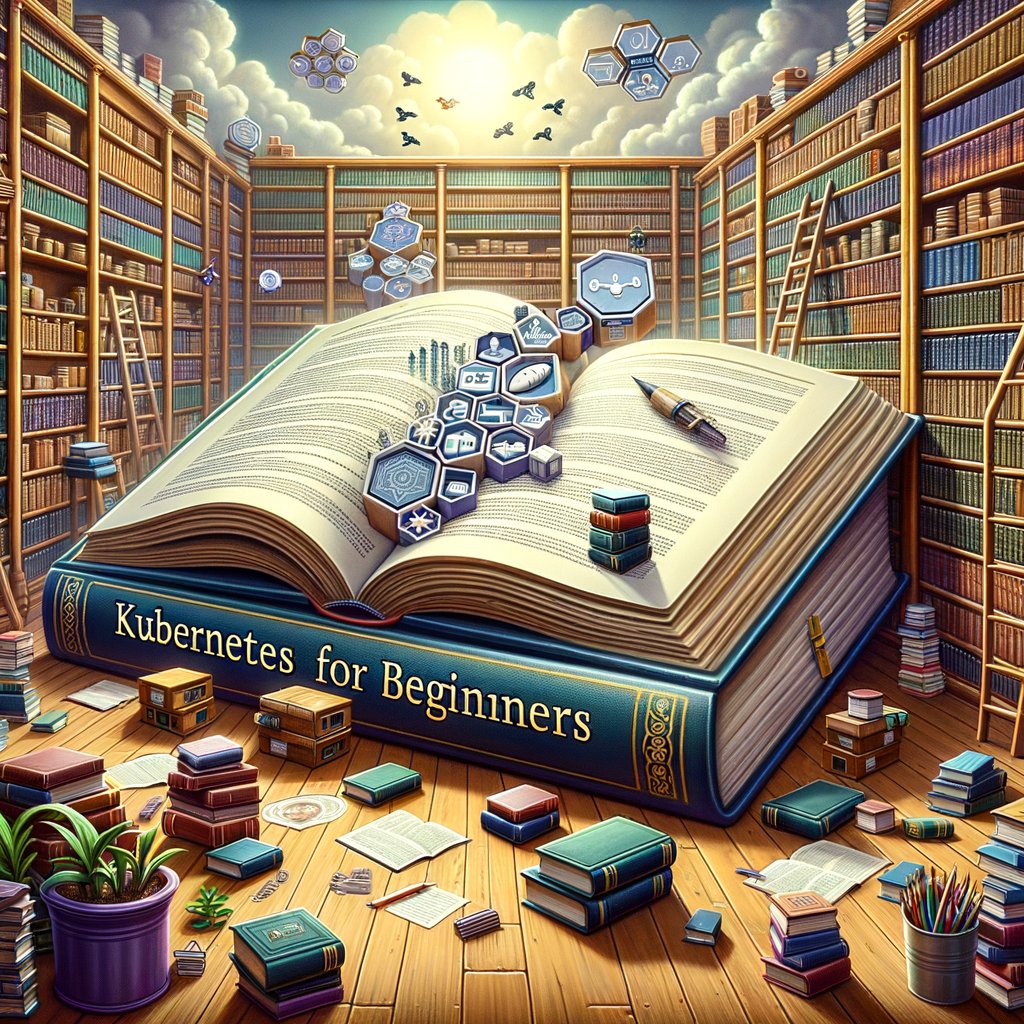Physical Address
304 North Cardinal St.
Dorchester Center, MA 02124
Physical Address
304 North Cardinal St.
Dorchester Center, MA 02124

Kubernetes, often abbreviated as K8s, is an open-source platform that automates Linux container operations. It eliminates many of the manual processes involved in deploying and scaling containerised applications. In other words, you can cluster together groups of hosts running Linux containers, and Kubernetes helps you easily and efficiently manage those clusters.
Containers are a good way to bundle and run your applications. In a production environment, you need to manage the containers that run the applications and ensure that there is no downtime. For example, if a container goes down, another container needs to start. Wouldn’t it be easier if this behaviour was handled by a system? That’s how Kubernetes comes to the rescue!
A Kubernetes setup is typically divided into master nodes (control plane) and worker nodes. The master node is responsible for maintaining the desired state of the cluster such as which applications are running or which container images they use. Worker nodes actually run these applications.
Kubernetes objects are persistent entities in the Kubernetes system. They represent the state of your cluster at any given moment. Once you’ve created an object, the Kubernetes system will continually work to ensure that object exists. By creating an object, you’re effectively telling the Kubernetes system what you want your cluster’s workload to look like; this is your cluster’s desired state.
Kubernetes is a powerful open-source platform for managing containerised applications. It provides the infrastructure needed to deploy and run them at scale, along with services that make it easy to discover and communicate with those applications. While Kubernetes does have a steep learning curve, the benefits of adopting it can be significant. Whether you’re a developer looking to streamline your workflows or an operations team seeking to maximise efficiency, Kubernetes offers tools and concepts that can help you meet these goals.